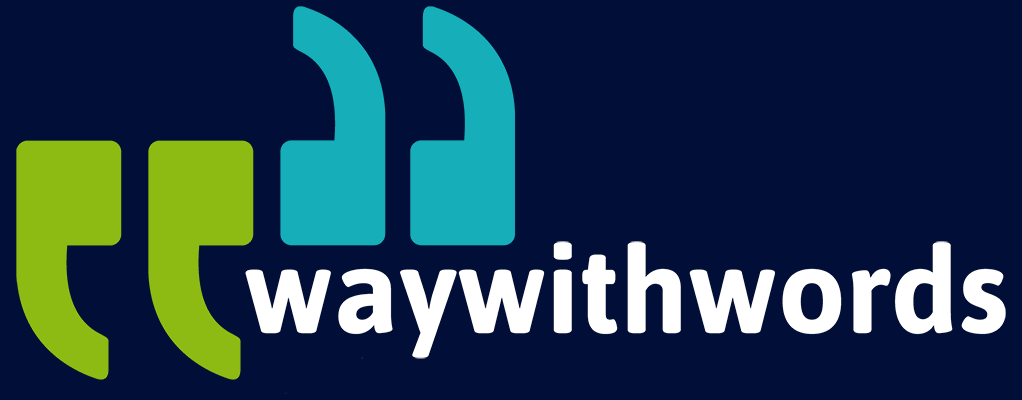How Does GDPR Apply to Speech Datasets?
Harnessing the Potential of Speech Without Compromising Trust
Voice data has emerged as one of the most powerful and personal forms of information available. Whether used to train virtual assistants, enhance transcription accuracy, or develop emotion-aware systems that also account for stress recognition, speech datasets form the backbone of many innovative technologies. However, because they inherently contain elements that can identify individuals, these datasets fall squarely within the scope of the European Union’s General Data Protection Regulation (GDPR).
This article explores how GDPR applies to speech datasets, the lawful bases for processing voice data, the rights of individuals, the implications of biometric identifiers, and the compliance procedures required to ensure responsible and lawful handling of audio information.
Understanding Speech as Personal Data
Under the GDPR, any information relating to an identified or identifiable person is considered personal data. Voice recordings clearly meet this definition because a voice can reveal not only what a person says but also who they are. Tone, accent, rhythm, and other vocal features can uniquely identify individuals, meaning that even short audio clips fall within GDPR’s regulatory protection.
A speech dataset might contain simple customer service recordings or complex multilingual corpora for AI training. Regardless of use, if the data can be linked to a person—directly or indirectly—it is protected. The identifiable element may arise from:
- Direct identification, such as when a person states their name, address, or other identifiable details during recording.
- Indirect identification, where a voice pattern or speech characteristic can be matched to an individual using available technology.
Moreover, GDPR extends protection not only to stored or transcribed voice data but also to metadata accompanying the recordings, including timestamps, device identifiers, and geolocation details. This means that the compliance obligation stretches beyond the sound file itself to include all contextual information gathered during recording.
Understanding that voice is personal data sets the foundation for organisations to handle speech responsibly. Failing to treat audio as personal data exposes companies to serious legal risks, from regulatory fines to reputational damage.
Lawful Bases for Processing
GDPR provides six lawful bases for processing personal data, but only a few are typically relevant to speech datasets. The three most commonly applied in this context are consent, contractual necessity, and legitimate interest. Each comes with its own compliance conditions.
- Consent
Consent is the most straightforward and commonly used legal basis for collecting voice data. Individuals must be informed about what data is being collected, why, how it will be used, and for how long it will be stored. Consent must be freely given, specific, informed, and unambiguous. For example, a participant recording voice samples for AI training must explicitly agree to their data being used for that purpose. Silence or pre-ticked boxes do not qualify as consent under GDPR.
- Contractual Necessity
When the processing of voice data is essential to fulfil a contract, such as a transcription service agreement, GDPR allows lawful use under the principle of contractual necessity. This applies only when processing is genuinely required to meet contractual obligations—not when it merely facilitates convenience.
- Legitimate Interest
Organisations may process voice data under legitimate interest if they can demonstrate that the processing is necessary and that the individual’s privacy rights do not override those interests. This often applies to internal quality control, training, or customer service analysis. However, this justification requires a Legitimate Interest Assessment (LIA) to document the balance between organisational purpose and individual rights.
Choosing the correct lawful basis is critical. It determines what information must be provided to data subjects, what rights they can exercise, and how long data can be retained. Changing the legal basis midway through processing is not permissible, so establishing the correct foundation at the outset is essential for compliance.
Rights of Data Subjects
One of GDPR’s defining features is the empowerment of individuals through enforceable rights over their data. These rights extend fully to voice recordings and derived data, including transcripts or biometric analyses.
Access and Transparency
Individuals have the right to know if their voice data is being processed and to access that data. Organisations must respond to such requests within one month and provide information in an accessible format.
Rectification and Accuracy
If a voice recording or transcription contains errors—for example, a mislabelled speaker or incorrect transcription—data subjects have the right to request correction. Maintaining accurate datasets is therefore not only an ethical obligation but also a legal one.
Erasure (‘Right to be Forgotten’)
Individuals can request the deletion of their speech data when consent is withdrawn, the data is no longer needed, or it was unlawfully processed. For AI and machine learning projects, this presents technical challenges: datasets must be designed to allow for selective removal of individual data without corrupting models or outputs.
Restriction and Portability
Data subjects can request temporary suspension of processing while disputes are resolved, and they can also demand a copy of their data in a structured, machine-readable format. For voice data, this may mean providing audio files or associated metadata in a standard format like WAV or JSON.
Compliance with these rights requires strong record-keeping, transparent communication, and responsive systems. Organisations that overlook them face not only administrative penalties but also erosion of public trust—something particularly damaging in an era where data ethics define brand reputation.

Audio Biometric Data Considerations
Among all categories of personal data under GDPR, biometric data is treated with the greatest caution. Voice recordings can easily cross into this category if they are processed to uniquely identify an individual based on physical, physiological, or behavioural characteristics.
For instance, voiceprint recognition systems used for security authentication clearly involve biometric processing. Article 9 of the GDPR prohibits such processing unless specific exemptions apply, such as explicit consent or substantial public interest. Even where consent is given, the data controller must implement strict safeguards.
Organisations must consider whether their speech data processing constitutes biometric identification or verification. If so, they must:
- Obtain explicit consent from data subjects, ensuring they fully understand the purpose of biometric analysis.
- Implement data minimisation, collecting only the features necessary for the intended purpose.
- Apply pseudonymisation or encryption to protect stored voiceprints or features.
- Maintain limited retention periods, ensuring biometric data is deleted when no longer required.
In practical terms, a company collecting voice samples for emotion detection in customer service training may not be conducting biometric identification. However, if the same voice data is used to authenticate a user’s identity or verify login credentials, Article 9’s strict provisions immediately apply.
This distinction underscores the importance of purpose limitation. Organisations must define and document exactly how speech data will be used. Reusing it for new biometric purposes without further consent breaches GDPR’s core principles of fairness and transparency.
Compliance Procedures
Compliance with GDPR is not achieved through a single policy but through an ongoing system of accountability. When it comes to speech datasets, organisations must implement structured procedures to ensure every stage of the data lifecycle—from recording to deletion—is compliant.
Data Protection Impact Assessments (DPIAs)
Whenever processing is likely to result in high risk to individuals’ rights, a DPIA is mandatory. For speech data, this applies when large volumes of voice recordings are collected, when biometric identifiers are used, or when data is transferred internationally. A DPIA evaluates risks, identifies mitigations, and ensures decisions are documented before data collection begins.
Processing Records
Article 30 of the GDPR requires controllers and processors to maintain records of all processing activities. These should include:
- The categories of data collected (e.g., raw audio, transcripts, emotion tags)
- The purpose of processing
- Data retention periods
- Security measures implemented
- Details of international transfers and third-party recipients
Appointment of Data Protection Officers (DPOs)
Organisations engaged in large-scale processing of personal data—including voice data—must appoint a DPO. The DPO’s role is to monitor compliance, advise management, liaise with supervisory authorities, and act as a point of contact for data subjects.
Security and Data Integrity
Because speech datasets often move between recording devices, cloud storage, and machine learning environments, maintaining security is a continuous process. Encryption, pseudonymisation, and secure transfer protocols (such as HTTPS or SFTP) are baseline requirements. Access control and regular audits further ensure that only authorised personnel handle the data.
Training and Awareness
Finally, compliance requires a culture of awareness. Every employee involved in collecting, annotating, or processing speech data must understand privacy principles and their practical implications. Regular training ensures teams can recognise and respond to privacy risks in real time.
In sum, GDPR compliance for speech data is an integrated process—one that blends legal understanding with operational discipline. Organisations that adopt structured compliance frameworks not only reduce risk but also gain a competitive advantage through transparent and trustworthy data practices.
Final Thoughts on GDPR voice data
Speech datasets hold immense potential for innovation—from conversational AI to accessibility technologies—but with this power comes responsibility. GDPR ensures that as technology advances, human dignity and privacy remain protected.
By recognising voice as personal data, applying lawful processing bases, respecting individual rights, managing biometric sensitivity, and embedding robust compliance systems, organisations can ethically harness the potential of speech without compromising trust.
In a global environment where ethical data stewardship increasingly shapes public confidence, GDPR compliance is more than a legal requirement—it is a cornerstone of sustainable innovation.
Resources and Links
Wikipedia: General Data Protection Regulation (GDPR) – This Wikipedia article provides a detailed overview of the EU’s GDPR framework, outlining its history, objectives, and scope. It also includes insights into how the regulation affects specific types of data, including biometric and voice data used in AI and research contexts.
Way With Words: Speech Collection – Way With Words offers professional speech data collection services designed for machine learning and AI applications. Their expertise ensures that all speech datasets are ethically sourced, accurately annotated, and fully compliant with international data protection standards such as GDPR. Through custom collection solutions and multilingual capabilities, they help organisations gather the voice data they need responsibly and lawfully.
